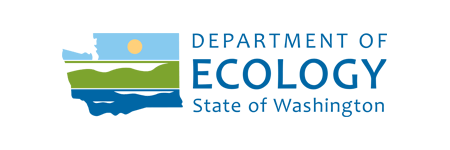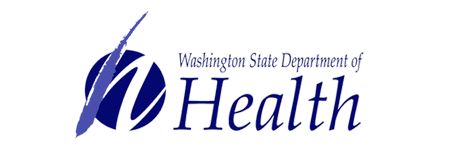Issue Brief
How Can Cities and Counties Meaningfully Engage Communities?
Cities and counties that seek early and ongoing input from the affected interests are more effective at delivering projects and services to the people they serve. Meaningful engagement ensures accountability, effective communications and consistency. Read the brief.
Best Practice Actions
- Know your audience.
- Know your message.
- Know why, where, when, and how you will do outreach.
- Work with existing health and community collaborative organizations, such as:
- Clark County: Healthy Living Collaborative
- Grant County region: Safe Kids Coalition and City of Moses Lake Healthcare and Education
- Kitsap Community Health Priorities
- Pierce County Cross-Cultural Collaborative
- Spokane: Better Health Together
- Accountable Communities of Health
- American Indian Health Commission
- Foster social equity.
- Review city and county public participation plans.
- Utilize pre-existing cultural and festival gatherings for meetings.
- Use interpreters for public meetings.
- Translate public meeting notices.
- Understand the culture of the region to invite participation in meetings and activities.
- Use polling apps during public meetings.
- Provide information kiosks around the community.
- Frame the issues.
- Use visual aids, photo simulation, and 3D renderings to display proposed solutions and explain transportation issues.
Benefits of Community Engagement
- Provides new ideas and solutions.
- Reduces conflict and builds trust.
- Increases communication and creates openness in the community.
- Provides opportunities for residents to participate in the decision-making process.
- Connects people and resources by improving connections among individuals, community associations, businesses, churches, etc.
- Improves organizational transparency and responsiveness.
- Helps manage the conversation.
- Provides opportunities for cooperative, co-learning experiences and collection of critical community wisdom.
- Facilitates positive media coverage.
Connection to State Policy
- Comprehensive Plans—Ensure Public Participation—RCW 36.70a.140
- Statewide Multimodal Transportation Plan—RCW47.06.040(2)
- Public Participation—WAC 365-196-600
- Community Engagement at Department of Ecology
- Department of Transportation’s Community Engagement Plan
- Department of Health’s Strategic Plan Update 2014-16, Objective 4, Page 34 & 35
- Results WSDOT, Goal 5, Community Engagement

Lacey Woodland District Plan
Used a visual preference survey with automated polling to develop a plan to transform an old suburban office park into a vibrant urban setting that resulted in new street standards giving higher priority to walk, bike, and transit access; and updated site and building design standards.

Sustainable Thurston Plan
A regional planning process involving extensive community outreach articulates a shared vision, sets goals and targets, and recommends actions to achieve them including an urban corridor and centers approach.





